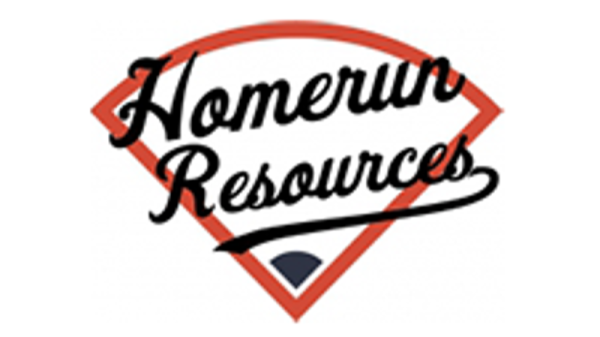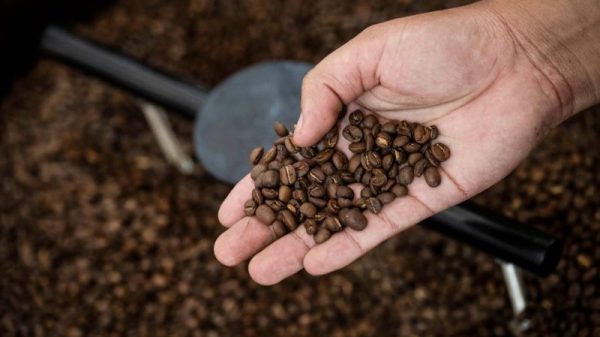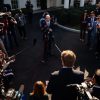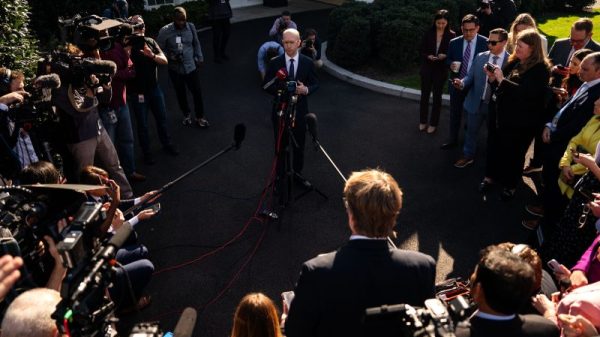Victory Day in Russia: From WWII Memory to Ukraine Conflict
Every year on May 9th, Russia celebrates Victory Day, commemorating the historic defeat of Nazi Germany in 1945. The holiday holds immense historical significance, resonating with the legacy of sacrifice from the Soviet Union’s loss of approximately 27 million people during World War II. May 9th marks Victory Day in Russia and the former Soviet Union, while the Western allies celebrate on May 8th as Victory in Europe Day. The disparity in dates reflects the difference in time zones when Germany surrendered.
However, this day of remembrance has evolved over the years, particularly under Vladimir Putin’s leadership. In recent decades, it has transformed into a strategic tool within the Kremlin’s political and military agenda. This transformation is strikingly evident in the context of the ongoing conflict in Ukraine, which Russia terms a “Special Military Operation.” What was once a solemn day of collective mourning and national pride has now become a political theater, casting Russia’s actions on the global stage.
Red Square Display: Historical Tanks Meet Modern Might
On the morning of May 9, 2024, Red Square in Moscow roared with the rumble of military might and the fervent applause of thousands of servicemen and attendees. The parade opened with an impressive display of military hardware, including the venerable T34 tank from World War II, symbolizing historical legacy. But modern military equipment like RS-24 Yars intercontinental ballistic missiles and flypasts by fighter jets showcased Russia’s current military power.
The event serves a dual purpose: it’s a reminder of Russia’s historic military prowess and a show of strength for international and domestic audiences. By blending historical relics like the T34 tank with modern weaponry, Russia underscores its continuous lineage of military strength. Thousands of servicemen in uniform marched across Red Square in neat formations, representing various units, including those currently serving in Ukraine. The parade concluded with the anthem “For Russia! For Victory! Hurrah!” echoing through the square.
Putin’s Speech: Linking WWII Triumphs to Ukraine’s Conflict
During the parade, Vladimir Putin delivered a speech that intertwined Russia’s past victories with its current military endeavors in Ukraine. He carefully crafted a narrative linking World War II’s triumphs to the so-called “Special Military Operation.” Putin’s statements like, “I want to bow to our heroes, the participants of the special military operation,” and “Today on Victory Day we are conscious of that even more acutely,” directly tied past and present.
His rhetoric aimed to bolster national pride and justify Russia’s current military actions. Emphasizing the “strategic forces” being “combat ready,” Putin assured his audience of Russia’s military preparedness while sending a stern warning to the West. The rallying cry, “For Russia! For Victory! Hurrah!” invoked echoes of the Great Patriotic War, tapping into deep-seated emotions of patriotism and resilience.
From Great Patriotic War to Ukraine: Russia’s Narrative Continuity
A significant aspect of the Kremlin’s strategy is the conflation of the Second World War with the ongoing conflict in Ukraine. The Russian government draws parallels between these two vastly different conflicts. By doing so, it positions itself as continuing a historic struggle against perceived aggression and injustice. Specifically, this narrative involves portraying the conflict in Ukraine as an extension of Russia’s fight against fascism. Therefore, it frames the Ukrainian government and its Western allies as modern-day fascists.
Moreover, the government reinforces this idea through speeches and propaganda. These conflate the heroism and sacrifices of the Second World War with those required in the “Special Military Operation.” Thus, Russia aims to galvanize public support and frame itself as standing on the right side of history. This narrative also seeks to frame Russia as a besieged fortress standing against external threats, much like the Soviet Union did decades ago.
Nationalistic Surge: Russia’s Pre-Victory Day Fervor
The fortnight leading up to Victory Day showed an increase in nationalistic fervor. Cities across Russia are adorned with giant flags and symbols like the St. George ribbon, reinforcing national pride and unity. Public sentiment, as evidenced by the enthusiastic support seen during the Victory Day parade, reflects a widespread nationalistic response that the Kremlin seeks to evoke through such displays. The fervor and pride showcased by parade attendees align with the government’s messaging of strength and independence.
Preparations for the day include decorating buses, rubbish lorries, and even tractors with patriotic motifs. The sight of medal-bedecked veterans strolling alongside columns of military vehicles and squadrons of fighter jets evokes pride and nostalgia. The black-and-orange St. George ribbon, traditionally associated with Victory Day, has become a symbol of patriotism and loyalty to the Russian state. This period also sees exhibitions like “Trophies,” where Western-origin tanks and armoured vehicles captured in Ukraine are showcased as spoils of war in Moscow’s Victory Park.
Western Stance on Victory Day: $61 Billion Aid and Support to Ukraine
Western nations, observing the parade and Putin’s speeches, see these not just as celebrations of historical victory. Rather, they view them as direct messaging in the theater of global politics. Furthermore, the substantial support from countries like the USA and Britain to Ukraine, including military aid and sanctions, highlights the escalating tension between Russia and the West.
For instance, the United States alone has provided $61 billion in aid. Additionally, Britain has allowed Ukraine to strike Russia with British weapons. Meanwhile, France is considering sending troops to Ukraine, which further showcases Western resolve against Russian aggression. These actions and reactions create a complex web of geopolitical dynamics. The narratives spun on days like Victory Day deeply influence these dynamics.
While Russia projects an image of strength and resilience, the reality is starkly different. Over 3,000 Russian tanks have been lost in Ukraine. As a result, Russia is forced to refit old tanks and rely on lower-quality armoured vehicles in storage. On the other hand, Western aid has enabled Ukraine to maintain strategic momentum, even though Russia controls 18% of Ukrainian territory.
Victory Day’s Role in Future Russo-Ukrainian Dynamics
Looking ahead, the role of Victory Day and similar commemorations in Russia’s political landscape is likely to grow even more pronounced. As the conflict in Ukraine persists and global tensions escalate, Russia might continue to leverage these historical commemorations to justify actions and rally public support. Putin’s strategic narratives will likely amplify as he continues to conflate past victories with present challenges.
However, the effectiveness of this strategy in the long term remains to be seen. The prolonged conflict in Ukraine and increasing Western sanctions will likely strain Russia’s economy and society. Public sentiment may shift as the reality of war wears on public patience and international tolerance. The Kremlin’s reliance on historical memory may lose its potency if the public grows weary of continuous conflict.
Victory Day: Russia’s Dual-edged Sword in Global Theatre
Victory Day in Russia, while a profound national holiday rooted in genuine historical sacrifice, has undeniably taken on dimensions of political manipulation. The blending of past and present conflicts serves to fortify Putin’s domestic authority. Furthermore, it strengthens Russia’s stance on the global stage.
As the world watches, Russia actively reshapes the echoes of history to meet the needs of the present political narrative. This narrative is deeply intertwined with the unfolding chapters of the Ukraine conflict. Moreover, Victory Day will likely continue to be a critical part of Russia’s political theater. The government will use it to manipulate public perception and project strength. The long shadow of history, cast by the Soviet Union’s triumph over Nazi Germany, continues to play a pivotal role in shaping modern Russia’s military and political narratives. However, the realities of war in Ukraine cast doubt on the accuracy of those narratives.
The post Victory Day in Russia: From WWII Memory to Ukraine Conflict appeared first on FinanceBrokerage.




























